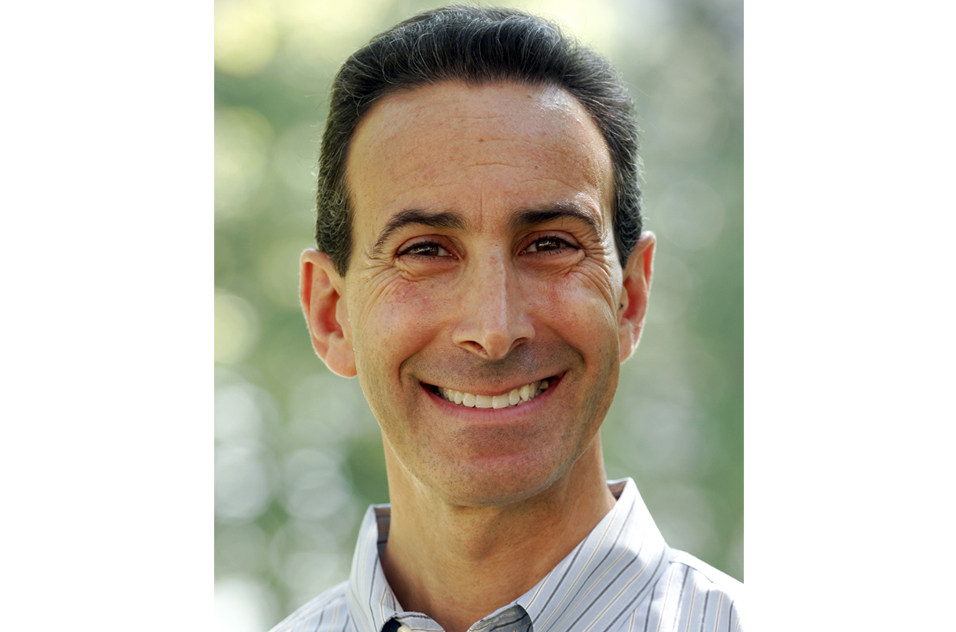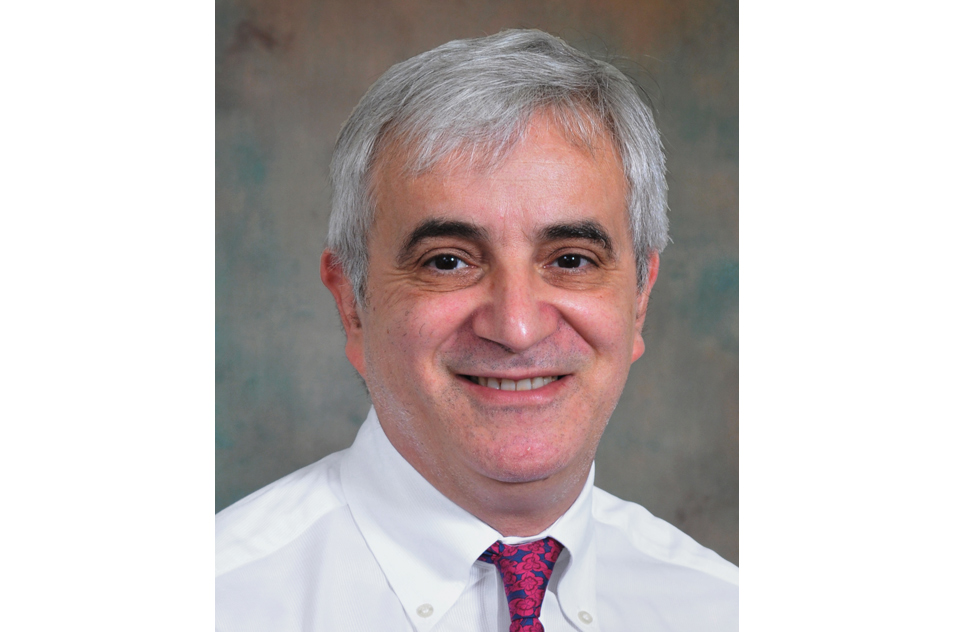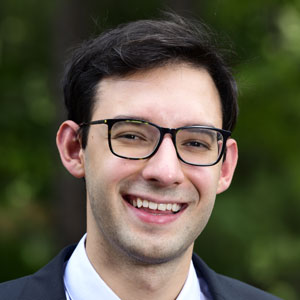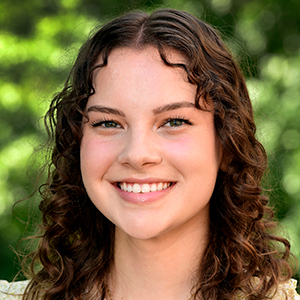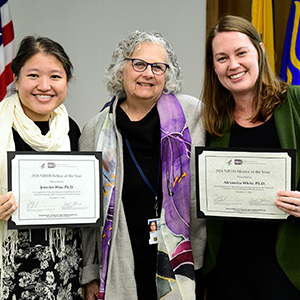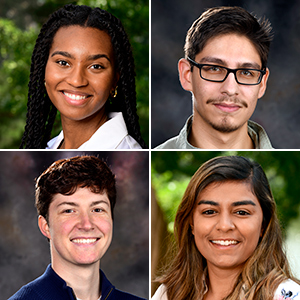How do environmental exposures, particularly those stemming from disasters, contribute to accelerated aging?
That is the complex question to be addressed by investigators in this year’s NIEHS-National Institute on Aging (NIA) Joint Fellowship Program. Through the annual competition, collaborators from the two National Institutes of Health (NIH) institutes are awarded funding for a full-time research fellow for two years.
 Some older people may face social, economic, and biomedical challenges that contribute to accelerated aging and premature mortality. (Photo courtesy of Rawpixel.com/ Shutterstock.com)
Some older people may face social, economic, and biomedical challenges that contribute to accelerated aging and premature mortality. (Photo courtesy of Rawpixel.com/ Shutterstock.com)Dale Sandler, Ph.D., chief of the NIEHS Epidemiology Branch, and Lenore Launer, Ph.D., chief of the NIA Laboratory of Epidemiology and Population Sciences, have teamed up to pursue a project titled “Development of a ‘Geron-enviro’ Exposome Index.” (see sidebar for more on the study.) The annual competition is presented by the two institutes’ scientific directors.
“The Joint NIEHS-NIA Fellowship Program has been highly successful in bridging the two institutes and has led to multiple collaborative publications that answer fundamental scientific questions,” said NIEHS Scientific Director Darryl Zeldin, M.D. “That research has led to a better understanding of the effects of environmental factors in normal and accelerated aging.”
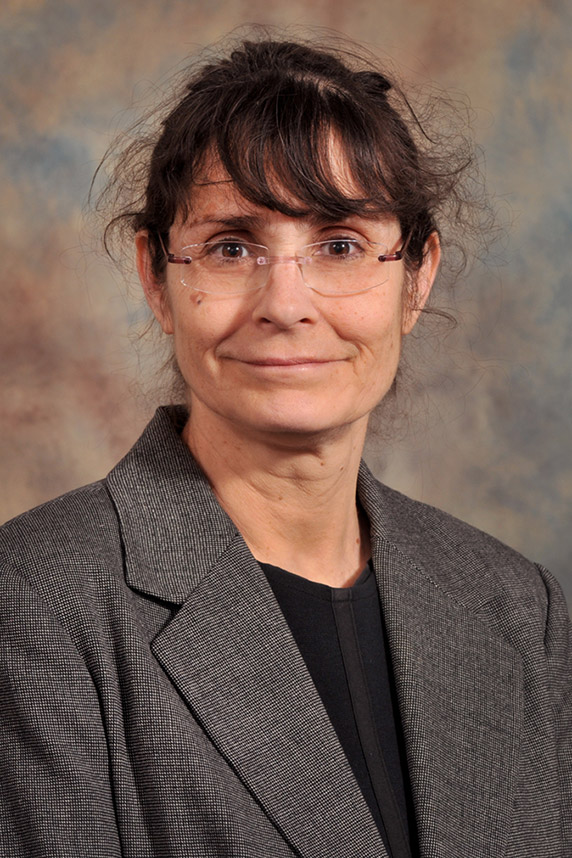 Launer noted that the exposome index will fill a gap in terms of having tools for public health planning and individual prediction. (Photo courtesy of NIA)
Launer noted that the exposome index will fill a gap in terms of having tools for public health planning and individual prediction. (Photo courtesy of NIA)NIA Scientific Director Luigi Ferrucci, M.D., Ph.D., described the importance of the collaboration. “This study is a wonderful example of how two institutes can work together using existing resources,” he said. “Understanding the health effects of environmental exposures in older individuals is critical because this segment of the population is at increased risk.”
Fellow will face a tough job
The researchers aim to investigate the health consequences of exposure to disasters among older people. The task for the postdoctoral fellow will be to develop what the scientists have dubbed a geron-environmental exposome index. It will integrate databases related to the environment with those covering issues involving social services, economics, and health relevant to the aging population.
“These large databases will need to be combined, so the postdoc will work on melding all of these different datastreams into an index that can predict functional outcomes that are important in aging, such as physical or cognitive disabilities,” said Launer.
“One of the research gaps in this area is the lack of a robust index — a series of measures that can be combined into an exposome relevant for older persons and accelerated aging,” Sandler said. “The index should predict outcomes such as epigenetic aging, physical impairments, and cognitive function.”
She added that such an index will stimulate future research on the role of the environment in aging and age-related diseases.
Pulling it all together
 Sandler said a possible endpoint of the project will be a risk score to help identify vulnerable older people. (Photo courtesy of Steve McCaw / NIEHS)
Sandler said a possible endpoint of the project will be a risk score to help identify vulnerable older people. (Photo courtesy of Steve McCaw / NIEHS)Sandler and Launer said that integrating large amounts of data from such disparate sources will be a challenge. The information originally will have been collected for different purposes and at different scales, from the individual to national levels.
“Our statistical modeling will need to account for all of those different scales, making this a very complex project,” Sandler noted. “We want our postdoc to have experience with big data and know how to harmonize information across these various exposure levels and across cohorts,” she added.
The researchers want the geron-enviro exposome index to predict public health outcomes and contribute to effective intervention strategies, as well as measures relevant to disaster responses.
“Our long-term goal is to keep people healthy as long as we can,” said Sandler.
(Ernie Hood is a contract writer for the NIEHS Office of Communications and Public Liaison.)





